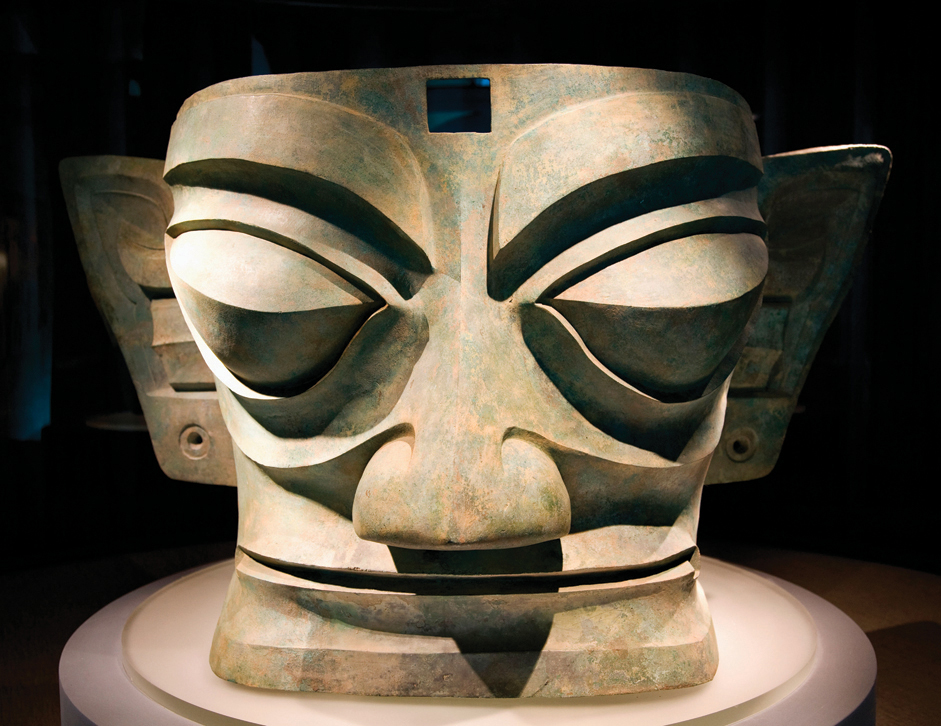In comparison to India and Mesopotamia, China developed in relative isolation. Communication with West and South Asia was very difficult, impeded by high mountains and vast deserts. Though there was some trade, the distances were so great that they did not allow the kind of cross-fertilization that occurred in western Eurasia. Moreover, there were no cultural breaks comparable to the rise of the Aryans in India or the Assyrians in Mesopotamia to introduce new peoples and languages. The impact of early China’s relative isolation is found in many distinctive features of its culture. Perhaps the most important is its writing system; unlike the other major societies of Eurasia, China retained a logographic writing system with a symbol for each word. This writing system shaped not only Chinese literature and thought but also key social and political processes, such as the nature of the ruling class and interactions with non-Chinese peoples.
Chinese history is commonly discussed in terms of a succession of dynasties. The Shang Dynasty (ca. 1500–1050 B.C.E.) was the first to have writing, metalworking, cities, and chariots. The Shang kings played priestly roles, serving as intermediaries with both their royal ancestors and the high god Di. The Shang were overthrown by one of their vassal states, which founded the Zhou Dynasty (ca. 1050–256 B.C.E.). The Zhou rulers set up a decentralized feudal governmental structure that evolved over centuries into a multistate system. As warfare between the states intensified in the sixth century B.C.E., social and cultural change quickened. Aristocratic privileges declined, and China entered one of its most creative periods, when the philosophies of Confucianism, Daoism, and Legalism were developed.
